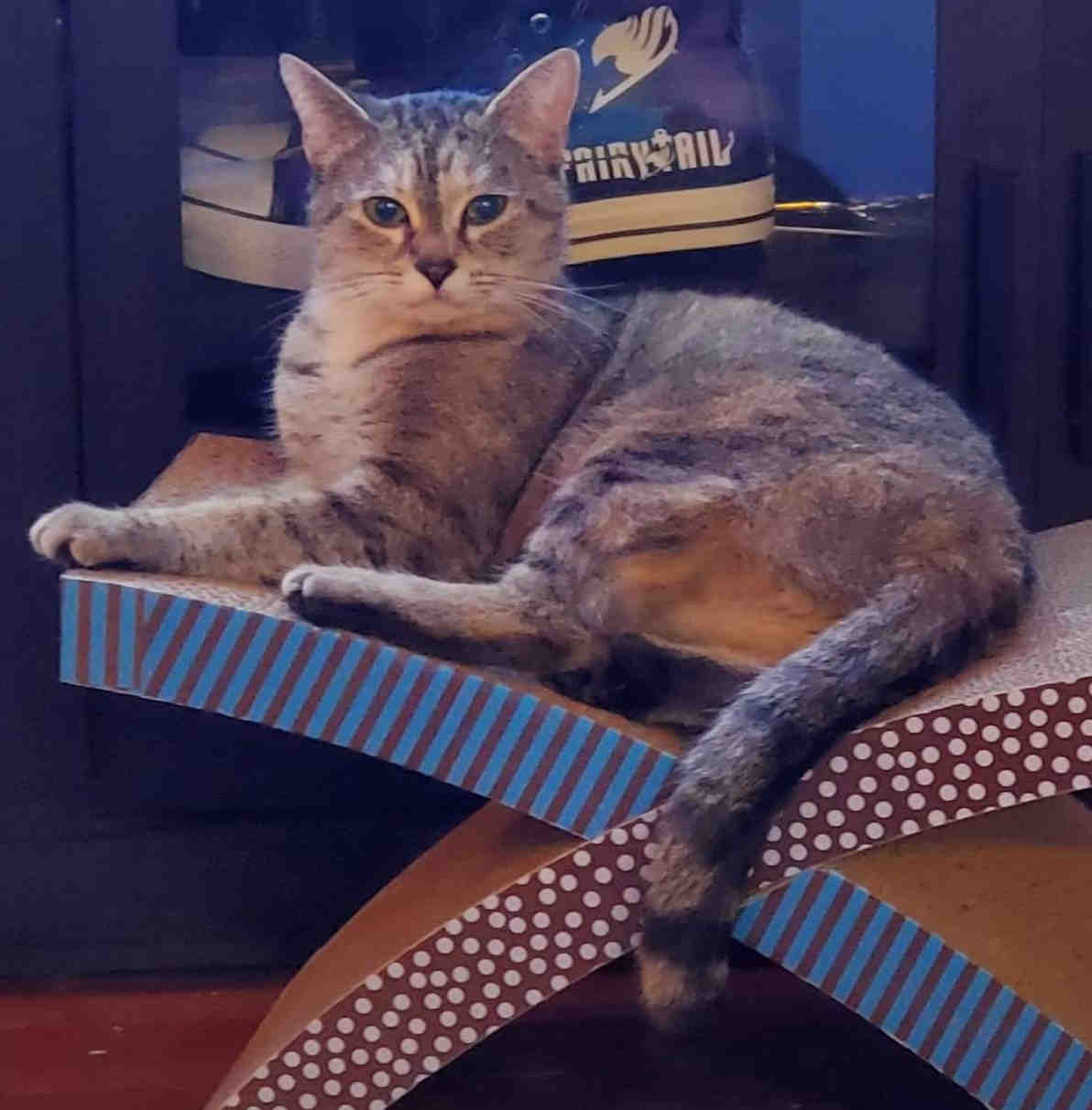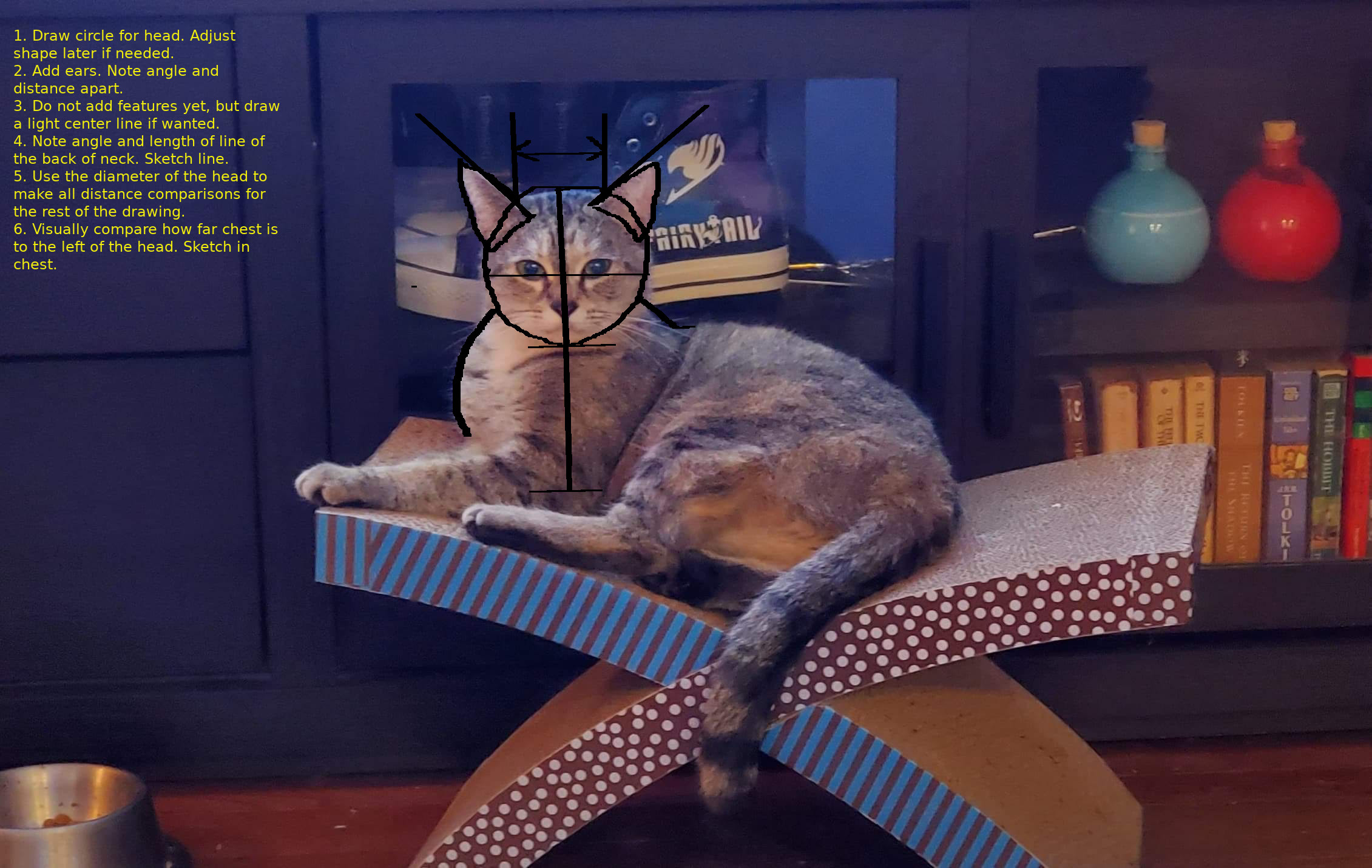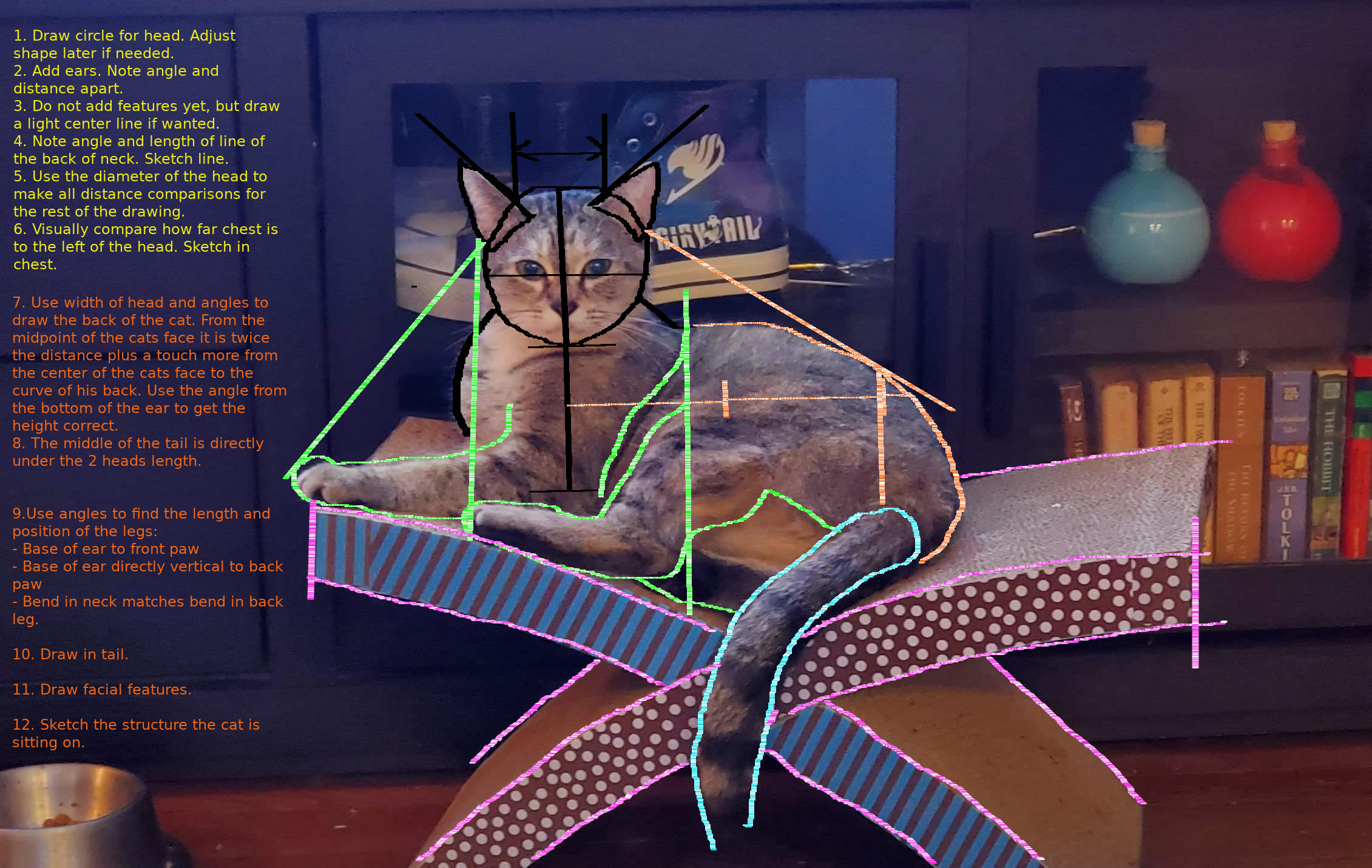Sketching Basics
This information is provided for my students. I like to share my knowledge but know that you will not understand the nuances of these principles without help from an instructor. If you are not one of my students, please find one that works for you.
Materials List - Sketching
These are recommendations – not requirements. Brand and size listings are my personal favorites. Use what works best for you.
- Felt-tipped pens, either permanent or water-based
Watercolor: Tombow – middle to light gray, double-tipped brush & fine
Permanent: fine-tipped Faber-Castell Pitt pens – black or brown (mine have
lasted years)
or Sharpie extra fine point
Not recommended: Micron – I like these but they have frequently leaked
- Pencil, mechanical, 0.5 mm (Pentel) – never needs sharpening, variety of lead
hardness available (HB or 2B – I have 2 pencils, one for each)
- Eraser
- Paper/Sketchbooks
Sketchbook – Canson, black cover with spiral binding (lies flat when drawing),
comes in a variety of sizes and shapes (avoid cheap knock-offs where the
paper is too light or the binding breaks)
Hand-Book Journals made by Global Art – sold by every art store, but hard to
find the company on-line (this is my favorite, especially for travel); paper is
heavy enough for light watercolor; search for best price; many sizes
Canson Mixed Media XL sketchbook pads – heavier paper for light watercolor
Any 140 lb – 300 lb cold-press watercolor paper; buy by the sheet and cut to size
as needed or stitch together your own books!
- Watercolor paints
Winsor & Newton Cotman set, student grade watercolor, small, portable
sets vary in size – 12 colors is enough
- Colored Pencils
Prismacolor if this is your choice; easily lost, broken, need sharpening. Not my
choice for travel, but if you’re going to use colored pencil this brand is good
You Need to Know and Understand:
Value: how light or dark the shapes you are looking at are in relationship to one another.
Proportion: how high (tall) an object or shape is in relationship to how wide an object or shape is.
Perspective: how to create the illusion of 3-dimensional space on a 2-dimensional surface.
Your Tools to Help You Understand Value, Proportion and Perspective:
Angles
Overlapping Shapes
Negative Shapes (Spaces) or Outlines
Using watercolor to color our sketches.
Here are some basic strokes to help. You must copy and paste the URL.
https://www.youtube.com/watch?v=yzzmqaQs6oU
Drawing the cat
Below is the reference and guide to drawing Ellen's cat. The image belongs to her and she is sharing with you so please use it only as a drawing aid. You must receive permission to copy for more than your own personal use, including marketing your drawing of the cat.


